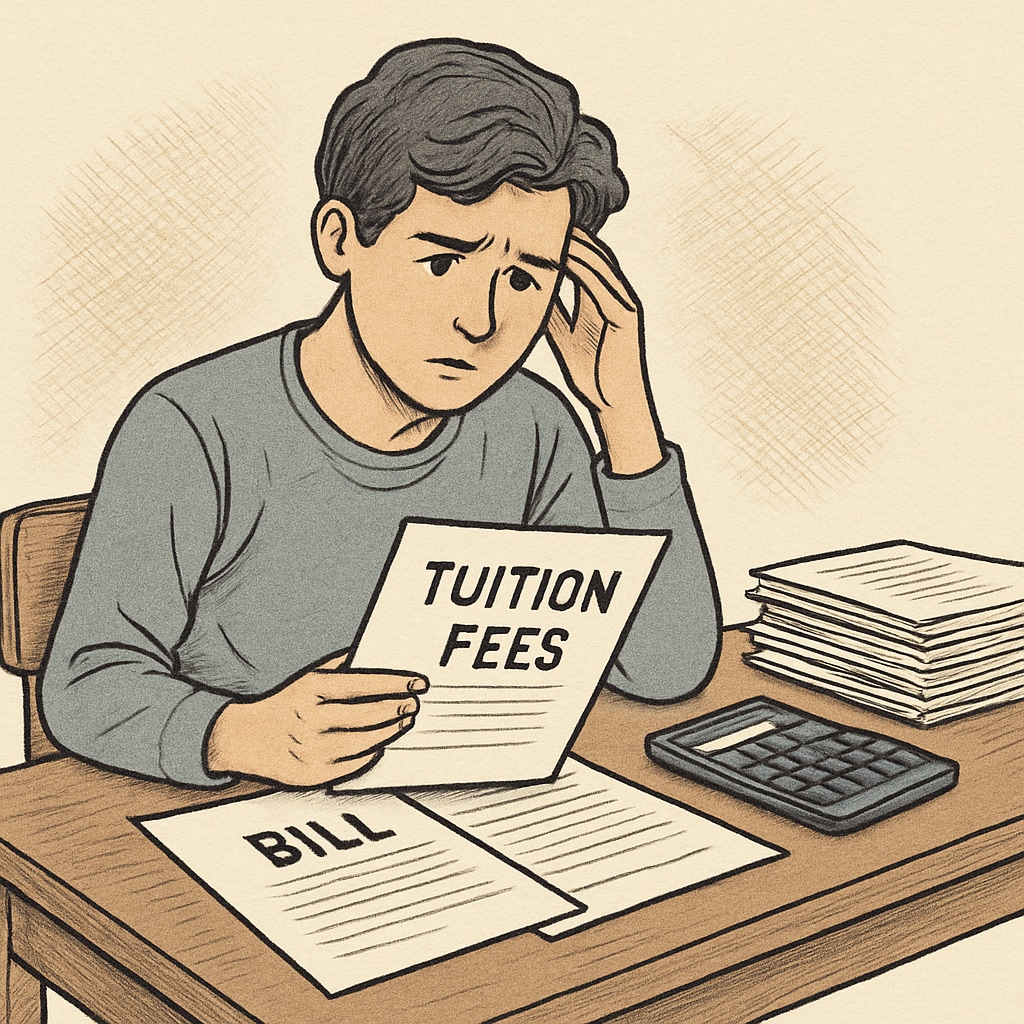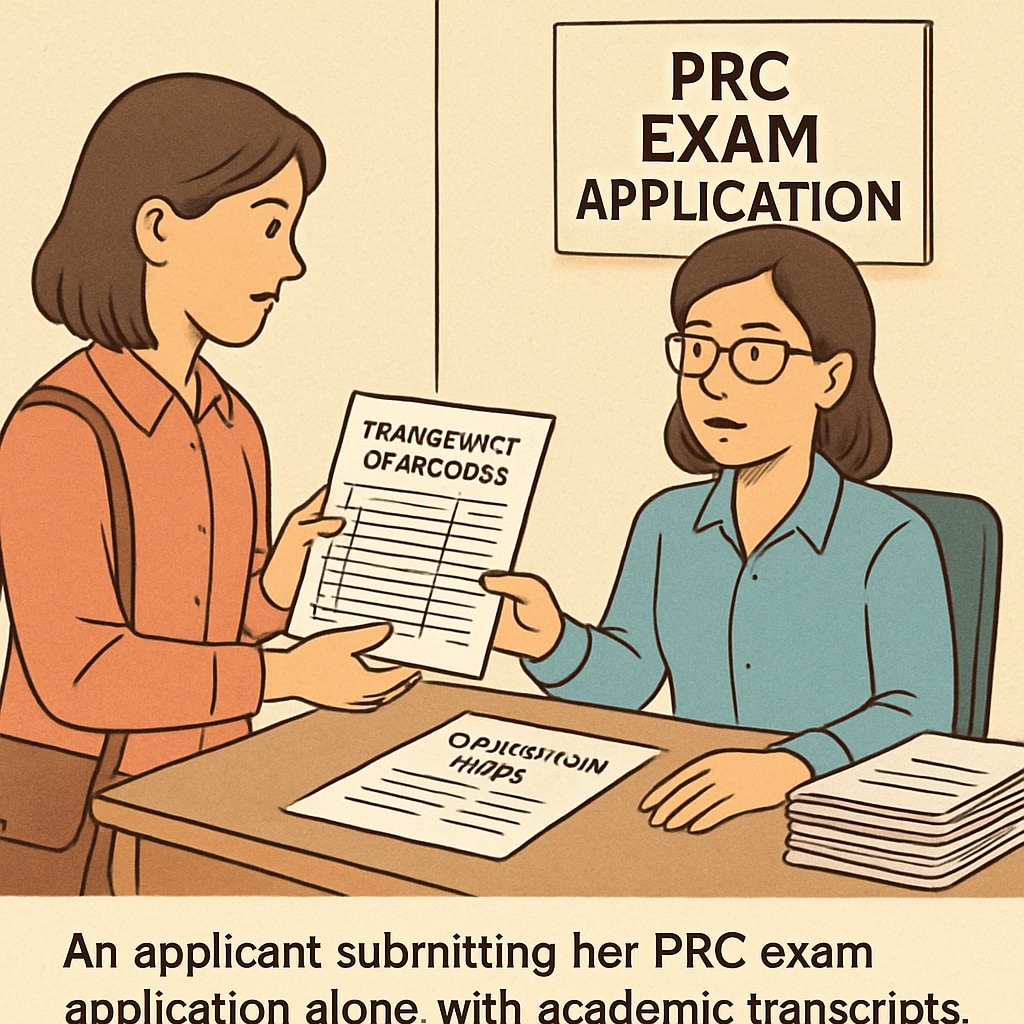For students facing unpaid balances, accessing transcripts becomes a critical challenge, particularly when preparing for PRC (Professional Regulation Commission) exam applications. This issue combines the complexities of financial responsibility with the fundamental right to education, often leaving students uncertain about their future academic and professional prospects. In this article, we explore the policies surrounding transcript access, their implications for students, and practical solutions to navigate these challenges.
Understanding Policies on Transcript Access with Unpaid Balances
Many educational institutions enforce strict policies that restrict access to transcripts if a student has unpaid balances. These policies are often grounded in financial accountability, ensuring that institutions receive due payment for services rendered. However, for students facing financial hardship, these restrictions can create significant barriers to academic and career advancement.
For example, institutions may withhold transcripts, preventing students from applying for further education, job opportunities, or professional exams like the PRC. While these policies aim to uphold the financial integrity of the institution, they inadvertently penalize students who may already be struggling to meet their financial obligations.

Impact on Students’ Academic and Professional Progress
Restricted access to transcripts can have profound consequences for students. Without official academic records, they may be unable to apply for scholarships, internships, or certification exams, such as the PRC. These barriers can delay or derail career plans, exacerbating the financial challenges they already face.
Moreover, the stress of unpaid balances and withheld transcripts often affects students’ mental well-being, potentially impacting their academic performance. This creates a cycle where financial difficulty leads to academic setbacks, further limiting future opportunities.

Practical Solutions for Students Facing Financial Challenges
Despite the challenges, there are several strategies students can employ to navigate the issue of unpaid balances and restricted access to transcripts:
- Negotiating Payment Plans: Many institutions offer flexible payment options, allowing students to pay off balances in installments. Contacting the finance office and discussing a feasible plan can often lead to partial transcript access.
- Requesting Unofficial Transcripts: In some cases, schools may provide unofficial transcripts that can serve as temporary documentation for applications. These may not be universally accepted but can suffice for certain purposes.
- Seeking Financial Aid: Students can explore scholarships, grants, or emergency funds to cover outstanding balances. Many institutions have resources specifically for students in financial distress.
- Legal and Advocacy Support: If policies seem excessively punitive, students can consult legal advisors or advocacy groups to understand their rights and negotiate transcript access.
By leveraging these options, students can work toward resolving their financial issues while minimizing disruptions to their academic and professional goals.
Balancing Institutional Needs with Student Rights
It is important for educational institutions to strike a balance between enforcing financial policies and supporting students’ academic rights. Implementing compassionate policies, such as partial access to transcripts for critical applications, can make a significant difference. In addition, institutions can invest in financial counseling programs to help students manage tuition and other expenses more effectively.
Collaboration between students, schools, and external organizations can pave the way for solutions that uphold both financial accountability and the right to education.
In conclusion, while unpaid balances create challenges in accessing transcripts, there are practical solutions available to help students navigate these obstacles. By understanding policies, exploring financial aid options, and seeking support, students can overcome barriers and pursue their academic and professional aspirations, including PRC exam applications.
Readability guidance: The article uses short paragraphs, a clear structure with headings, and lists to summarize key points. Passive voice and long sentences are minimized, ensuring accessibility for a wide audience. Transition words are used to improve flow and coherence.


